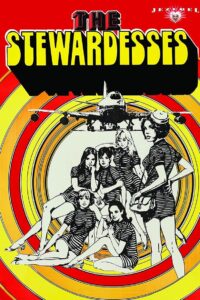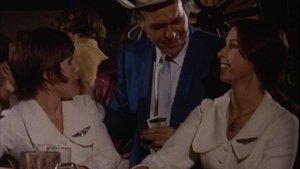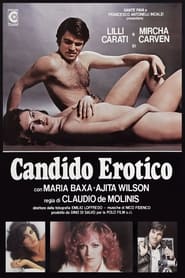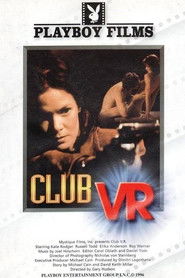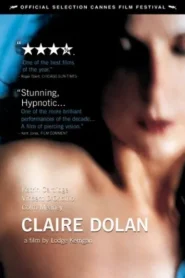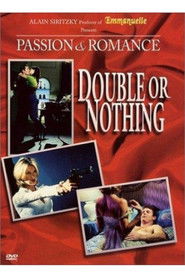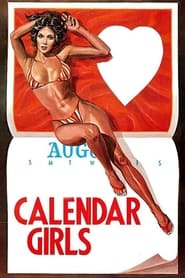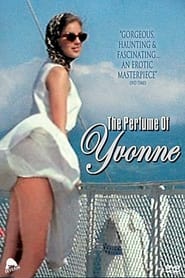Released in 1969, The Stewardesses stands as a significant landmark in the history of adult and exploitation filmmaking, primarily due to its groundbreaking use of 3D technology combined with erotic content. Directed by Allan Silliphant (reportedly a pseudonym for Alf Silliman Jr.), the film capitalized on the burgeoning sexual revolution and the novelty of 3D, which hadn’t been widely used for years, especially not in this genre. The plot itself is relatively thin, serving more as a framework for a series of sexual vignettes featuring the titular flight attendants during their layovers and personal time. It follows the lives and relationships of several stewardesses, exploring their romantic entanglements, desires, and encounters in various locations.
The narrative loosely connects the experiences of characters like Samantha (played by Christina Hart in one of her early roles), who navigates her relationships and sexual explorations. Other stewardesses are shown in similar situations, engaging in affairs, exploring group dynamics, or simply enjoying their perceived freedom. The film aimed to titillate audiences with nudity and simulated sex scenes, enhanced by the stereoscopic 3D effects that often emphasized bodies and objects protruding towards the viewer. While rudimentary by today’s standards, the 3D was a major selling point and contributed significantly to the film’s allure and notoriety.
Despite its low budget and simple premise, The Stewardesses became a phenomenal box office success, grossing millions of dollars against its modest production cost. It played for extended runs in theaters specializing in adult or exploitation fare, demonstrating a significant audience appetite for this type of content. Its success paved the way for other 3D erotic films and solidified the financial viability of blending sexploitation elements with technical gimmicks. While critically dismissed by mainstream reviewers at the time, its impact on independent distribution and exhibition, and its status as one of the highest-grossing 3D films for many years, makes The Stewardesses a notable entry in cinematic history, reflecting the changing social mores and cinematic landscape of the late 1960s.


